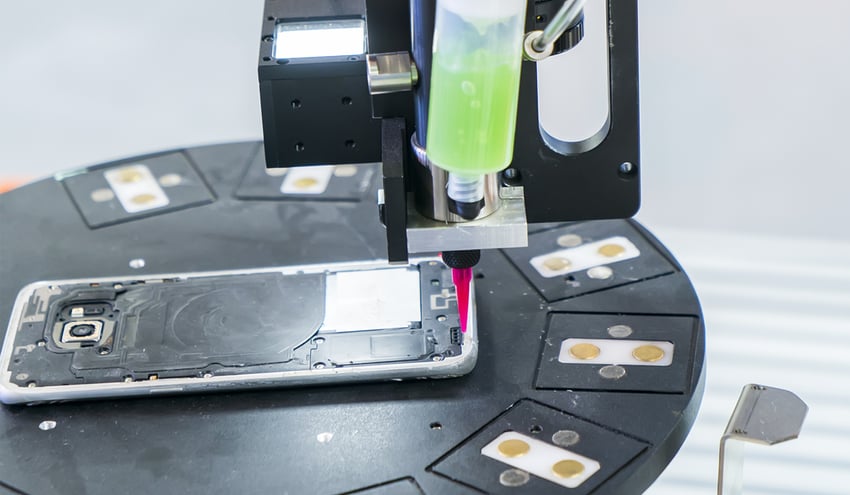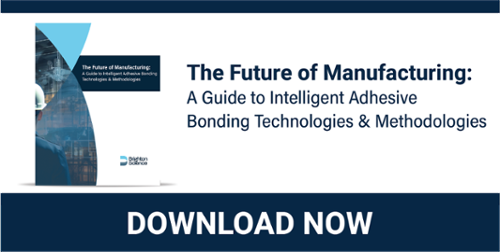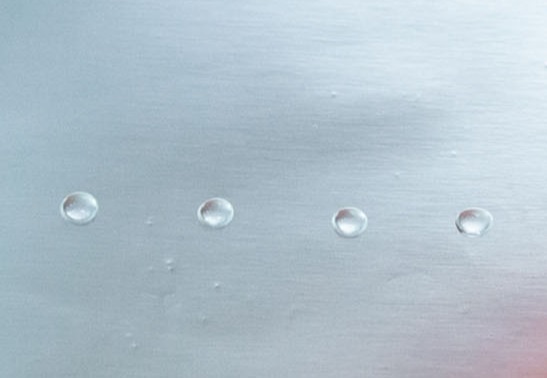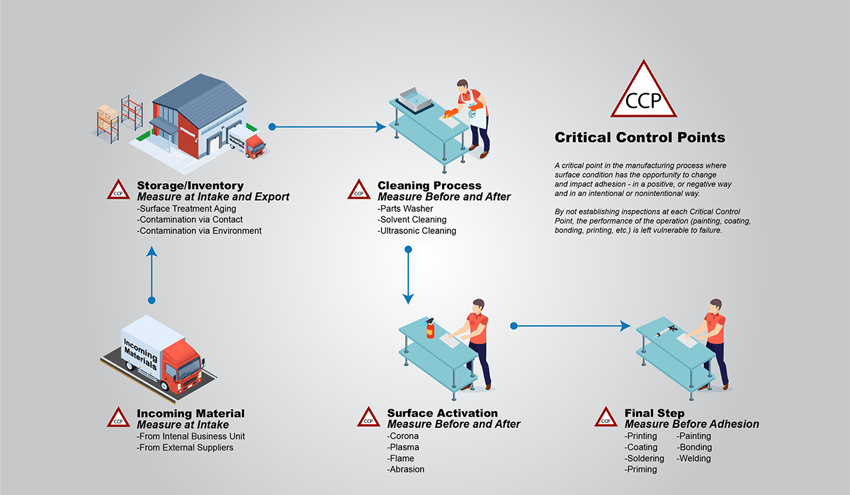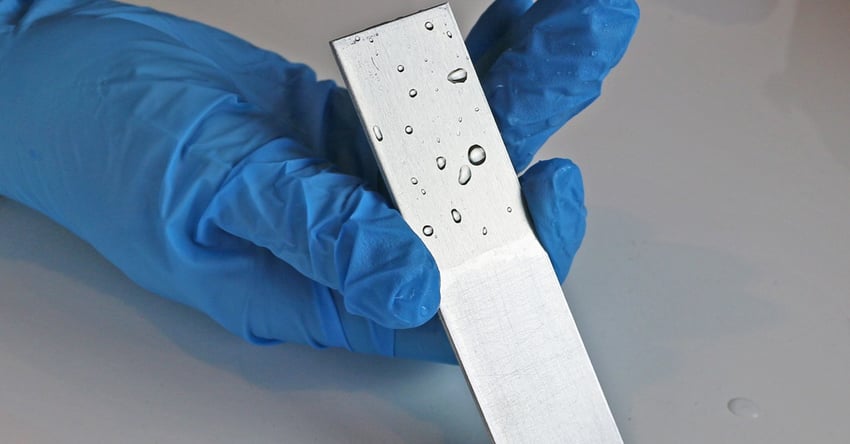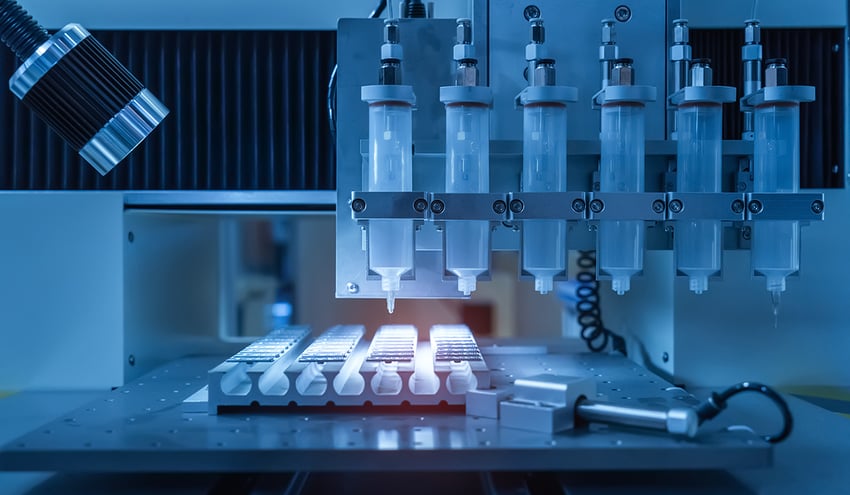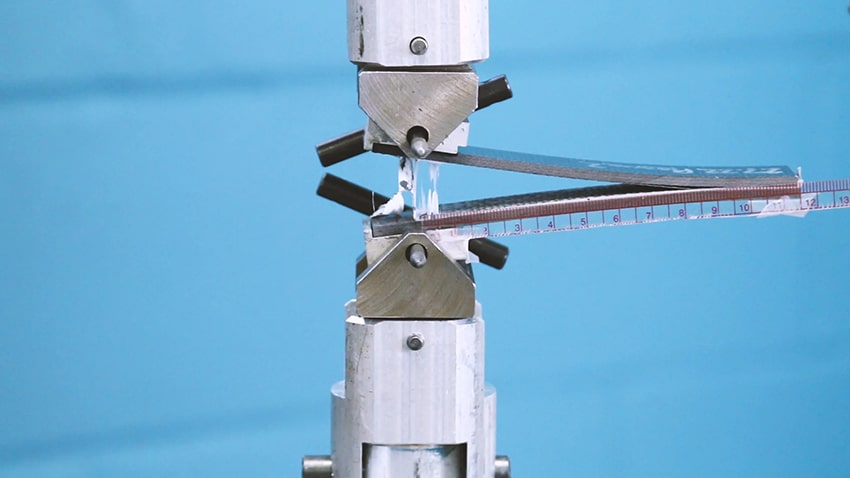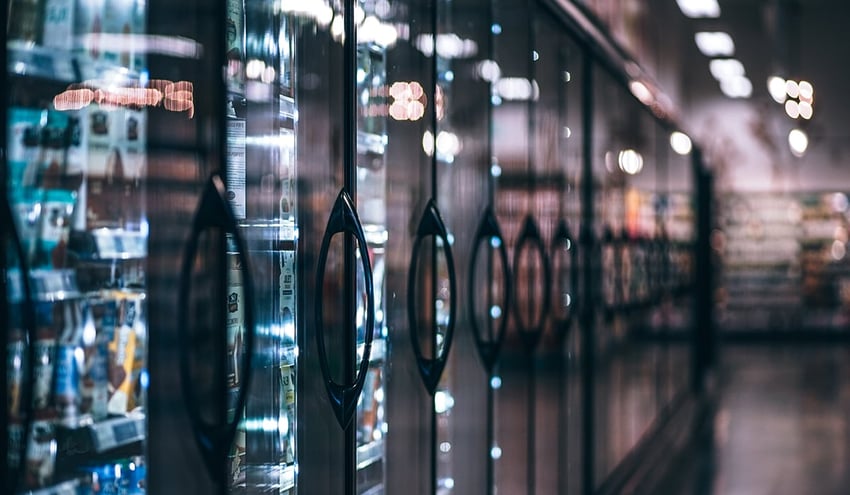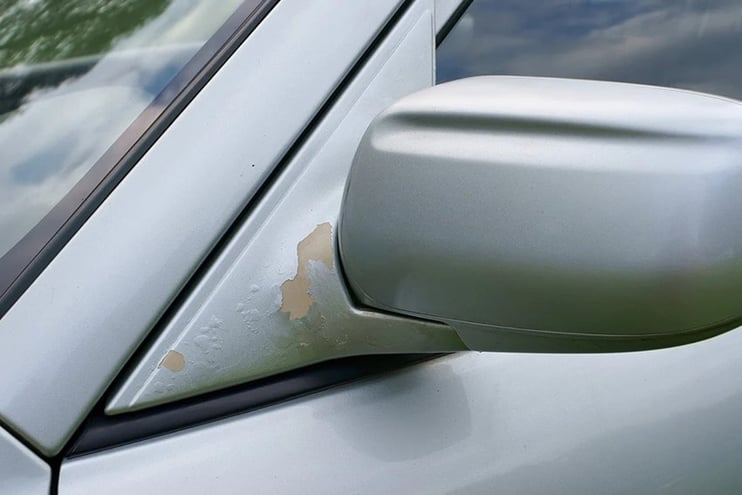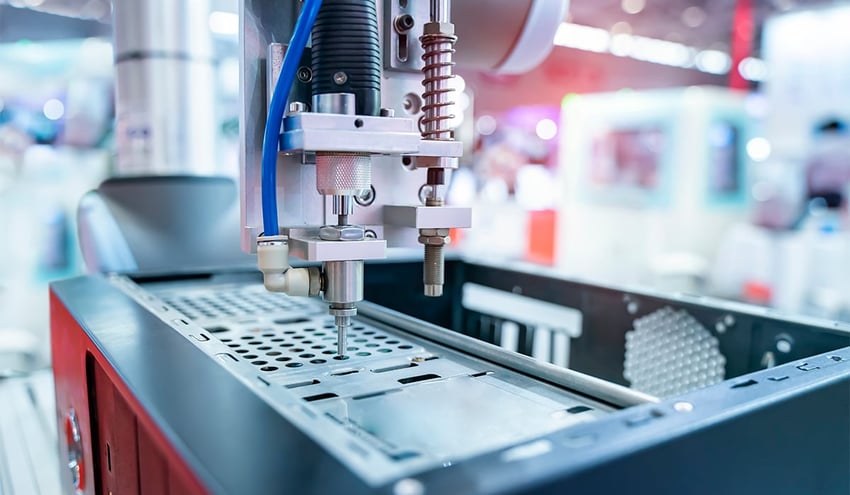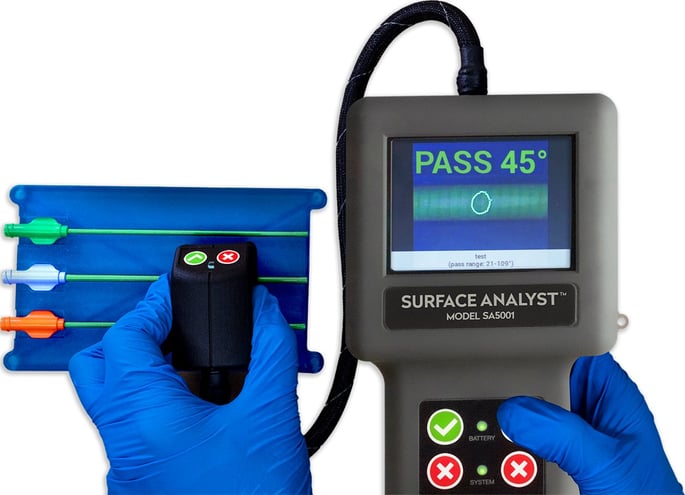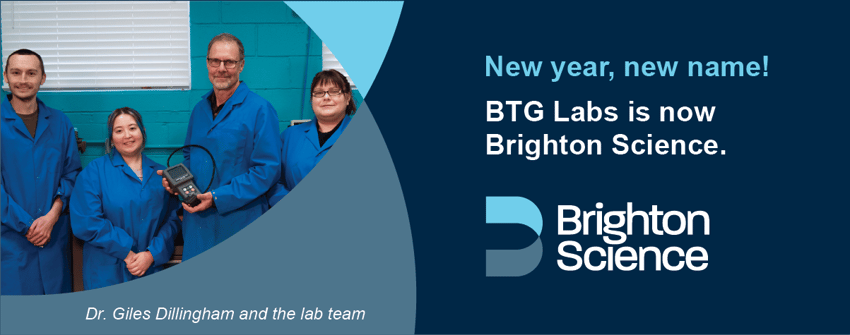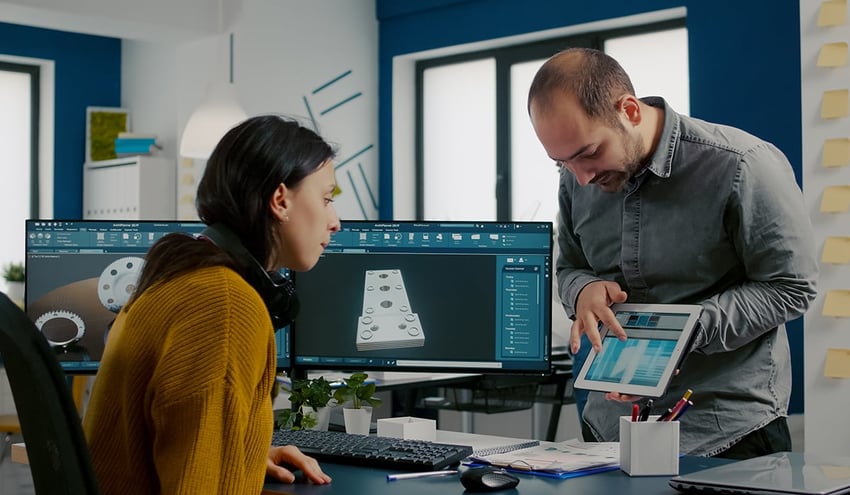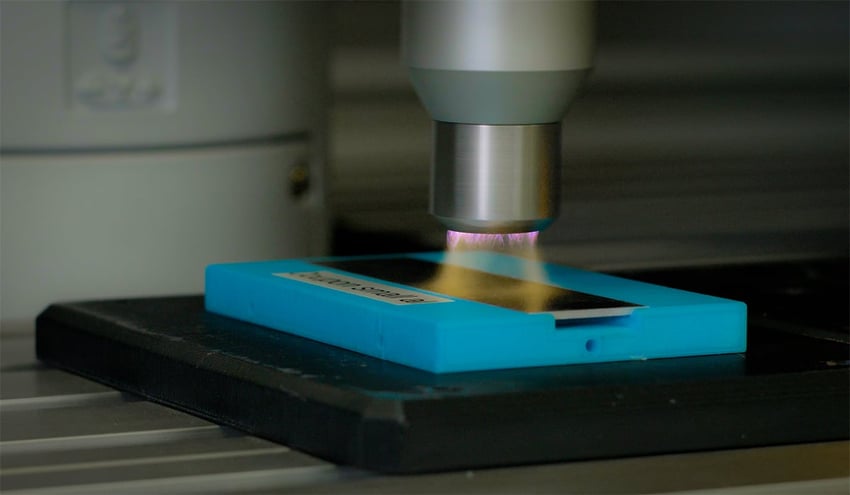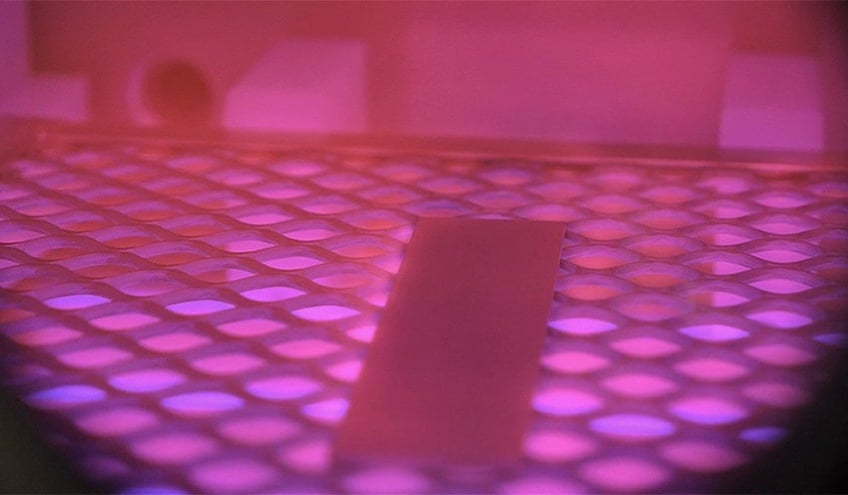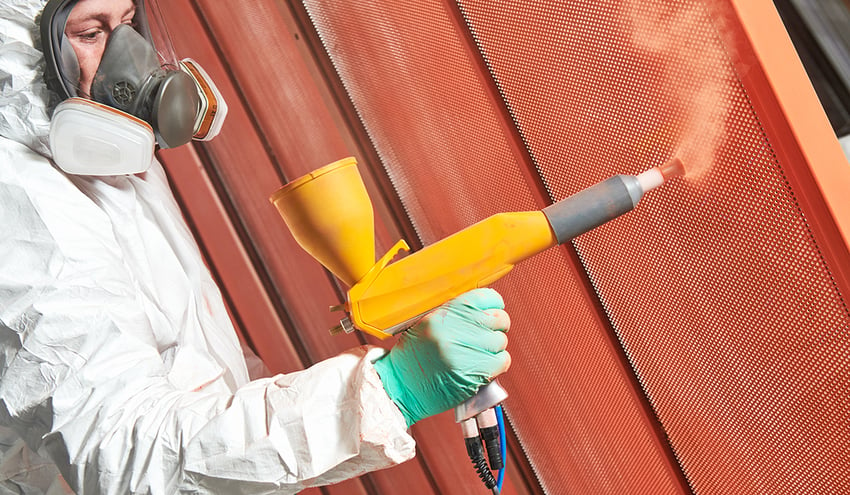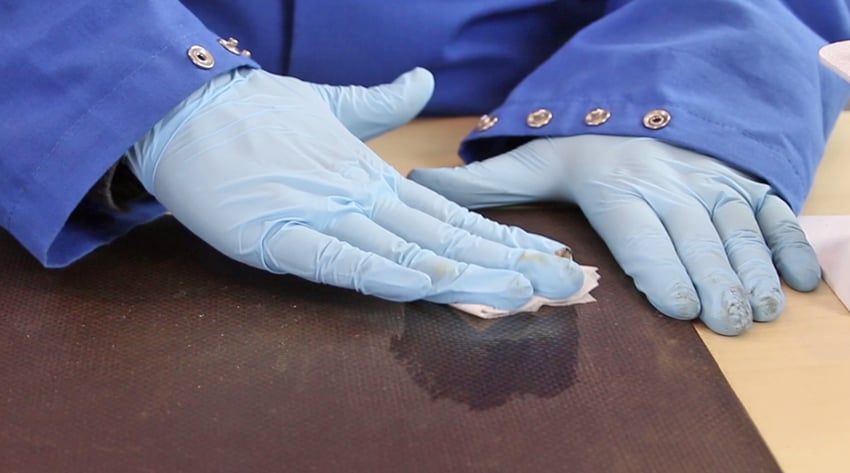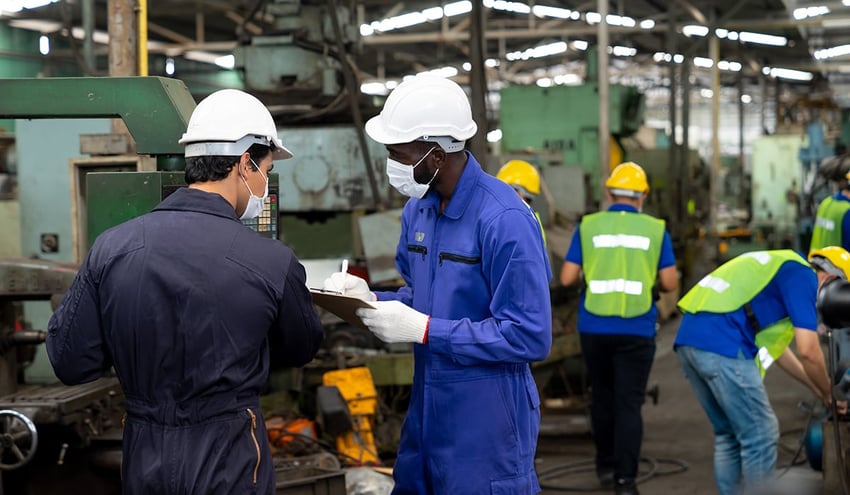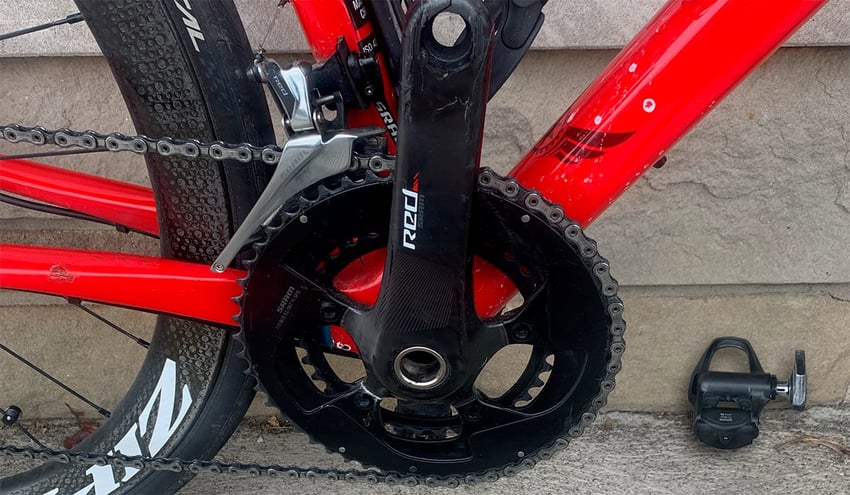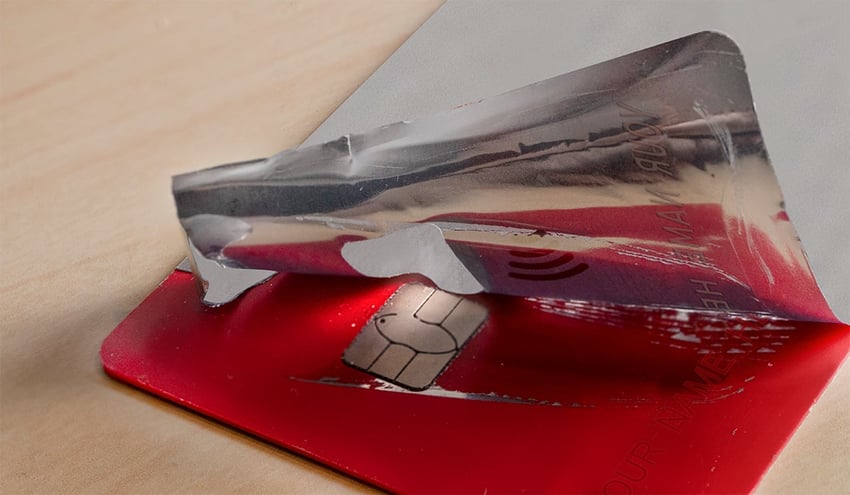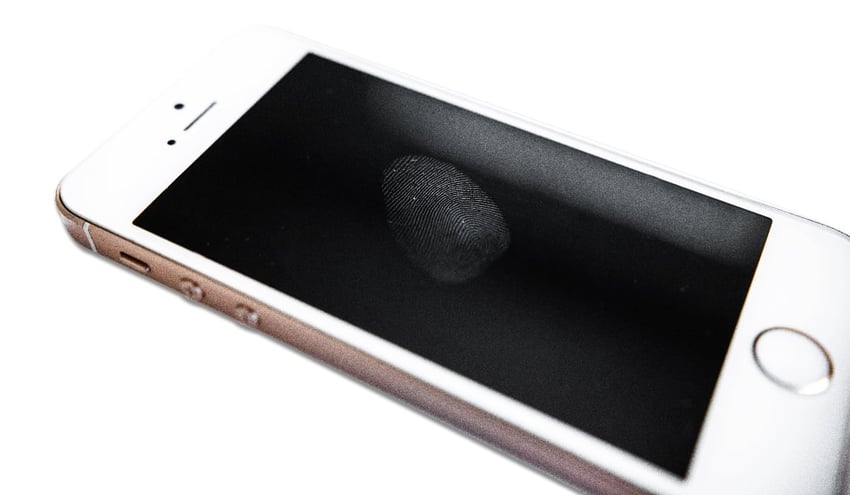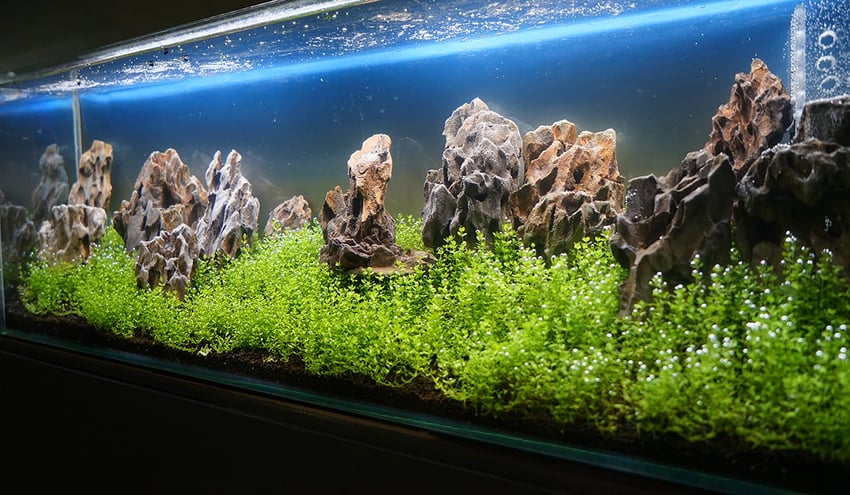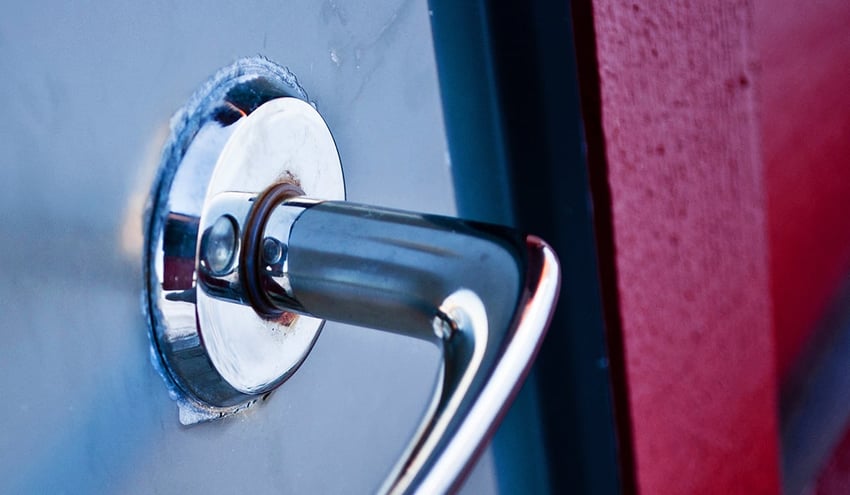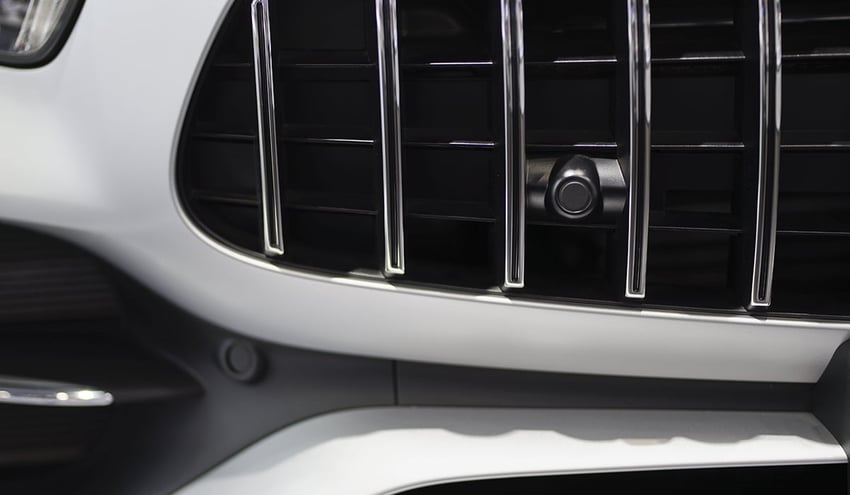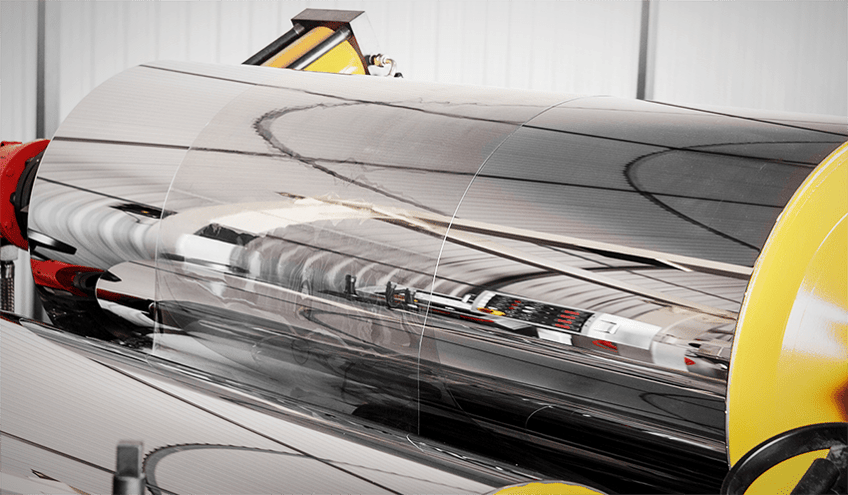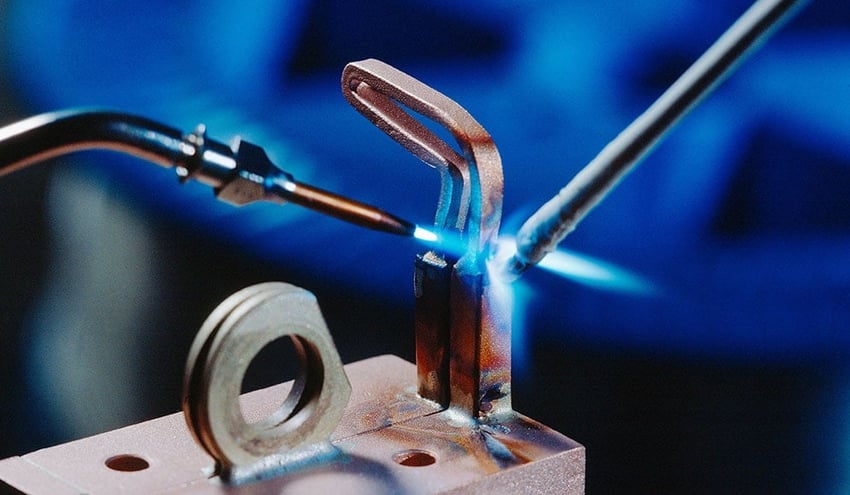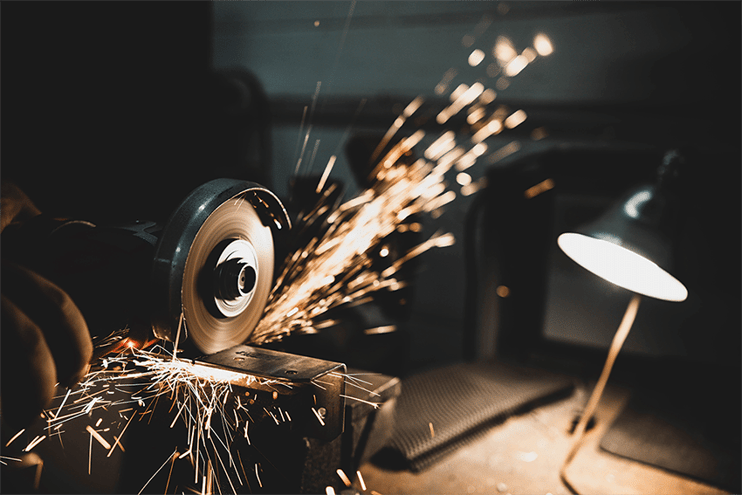Manufacturers who produce products with surfaces that require paints, adhesives, or sealants face a challenge in determining the quality and reliability of the final product. The problem is often caused by the fact that most manufacturers don’t have complete control over three critical elements of industrial adhesion: the adhesive, the physical application of the chemistry, and the material surface. The chemistry of the adhesive and the application of the chemistry are tightly controlled, but there is little control over the quality of the surface before the adhesion step.
The manufacturing process of adhesives and coatings are controlled by a third-party supplier who has thoroughly researched the liquid chemistry behind their product and has complete control over factors such as monomer ratios and other characteristics that contribute to the creation of a specific and consistent material. Likewise, the physical application of the adhesive or coating is a predictable, repeatable process. A wide range of factors such as temperature, flow rates, pressure, and application tools are all measured and monitored to ensure consistent, dependable application of the paint, adhesive, sealant, or other coatings.
The one critical element missing is control of the surface, and this is where many—if not most—issues arise with coating adhesion. Because there has not been a reliable way to accurately measure and control surface quality in manufacturing, as much as 90% of adhesion problems are due to a poor understanding of the surface condition.
How Do Manufacturers Control Surface Quality?
The term 'surface quality' means different things to different people. When applying liquid chemistry, surface quality can be defined by answering these questions:
- Does the material surface have the 'correct' surface chemistry?
- Does the material surface have a consistent surface chemistry?
The cornerstone of determining surface quality when applying liquid chemistry is something called “contact angle.” This is the angle of the height of a liquid or vapor droplet relative to the surface with which it has intimate contact. A droplet that does not spread out easily stands higher off the surface and thus has a high contact angle. A droplet that readily spreads out, providing a better coating, has a low contact angle. Contact angle measurements enable us to understand the relationship between the liquid drop and the surface. This measurement provides quantitative data about the cleanliness of a surface at a molecular level.
For manufacturers to ensure maximum adhesion performance for any given adhesion application, the optimal contact angle needs to be determined. For example, let’s say that maximum adhesion performance for a particular paint on a specific surface requires a contact angle of 60° with a variation of +/- 3°. However, a production run using the standard paint formulation and application process results in a contact angle of 90o with a large variation indicating possible surface contamination, which must be remedied to avoid poor output quality and the possible added expense and headaches of a product rework or recall. This makes a good case for specifying contact angle and surface quality and then developing and implementing process controls to meet those specifications during manufacturing.
Monitoring and Measuring for Better Process Management
Once the surface quality and contact angle measurements are specified and process control is in place, monitoring production to ensure that surface quality is consistently maintained throughout the production process is critical. This means establishing baselines at all relevant Critical Control Points (CCP) on the manufacturing line to eliminate other possible sources of error. Good process management also includes measuring incoming production materials for contact angle and surface quality in multiple locations to eliminate process weak spots and further reduce the risk of contamination.
A key tool in maintaining a firm grip on process management and, specifically, how it relates to surface quality is the use of statistical process control (SPC). SPC is a method of quality control that employs statistical methods to monitor and control a process. This helps ensure that the process operates efficiently, producing more specification-conforming products with less waste (rework or scrap).
SPC runs on process audit data captured by the manufacturing team as well as real-time data from the production line. It’s used to build process trend charts that enable engineering to see what is happening during manufacturing and gain insight into what the process is capable of. It also enables a common language to be developed and employed to solve any process-related problems that might arise. This data can also be used by the process engineering team to create metrics and establish key performance indicators (KPIs) within a process capability index (Cpk). This enables the manufacturer to measure its ability to produce a product within an accepted tolerance range and estimate future process performance.
Revolutionize Your Manufacturing with Surface Quality Inspection Technology.
What does all this mean? Manufacturers can now bring data-based process control technology's consistency, reliability, and accuracy to the art of industrial adhesion and coating applications. You no longer need to rely on the tribal knowledge gained by certain workers who have learned how to tweak a process for optimal results over time. Those results can now be scaled and reliably repeated across the organization by anyone trained to use the data and tools created to perform the now-quantified process.
Even better, this science-backed predictability can be brought to bear on new product development, reducing the time and expense of bringing a new product to market by eliminating a lot of trial-and-error adhesion experimentation. By controlling the three adhesion elements (adhesive/coating chemistry, application, and surface) using accurate digital surface quality (contact angle) measurements and monitoring measurement data in real-time or through sampling, manufacturers can achieve predictable, high-quality, cost-efficient manufacturing through a scientific approach.
To learn more about how to approach industrial adhesion with scientific predictability, download our free eBook, The Future of Manufacturing: A Guide to Intelligent Adhesive Bonding Technologies & Methodologies.

